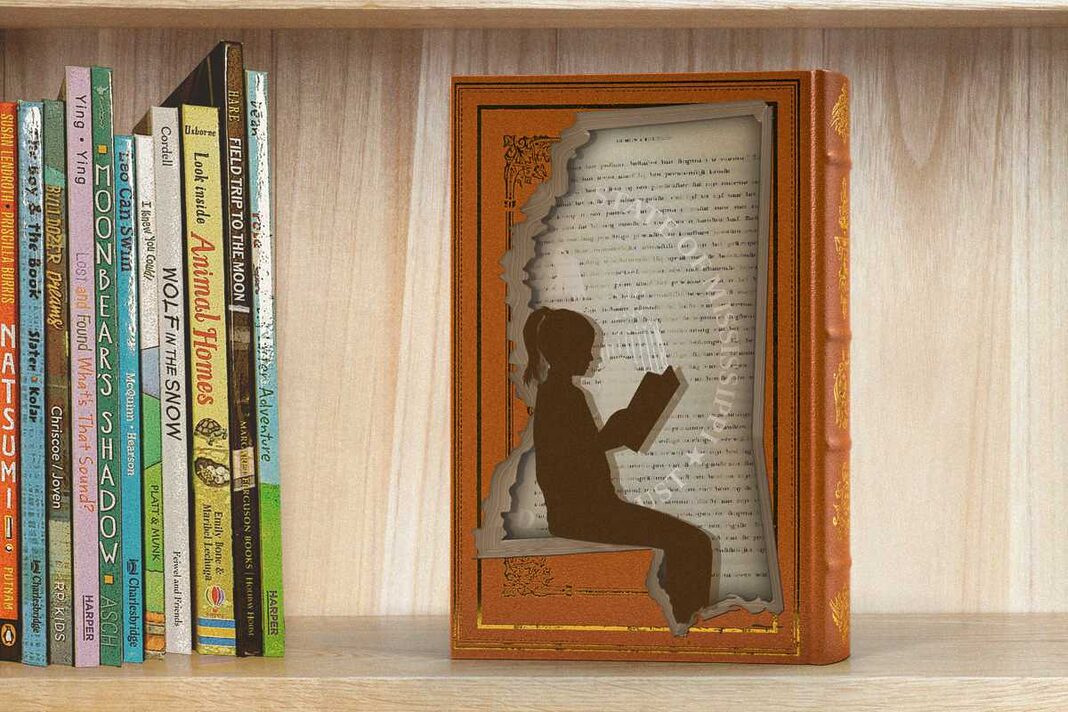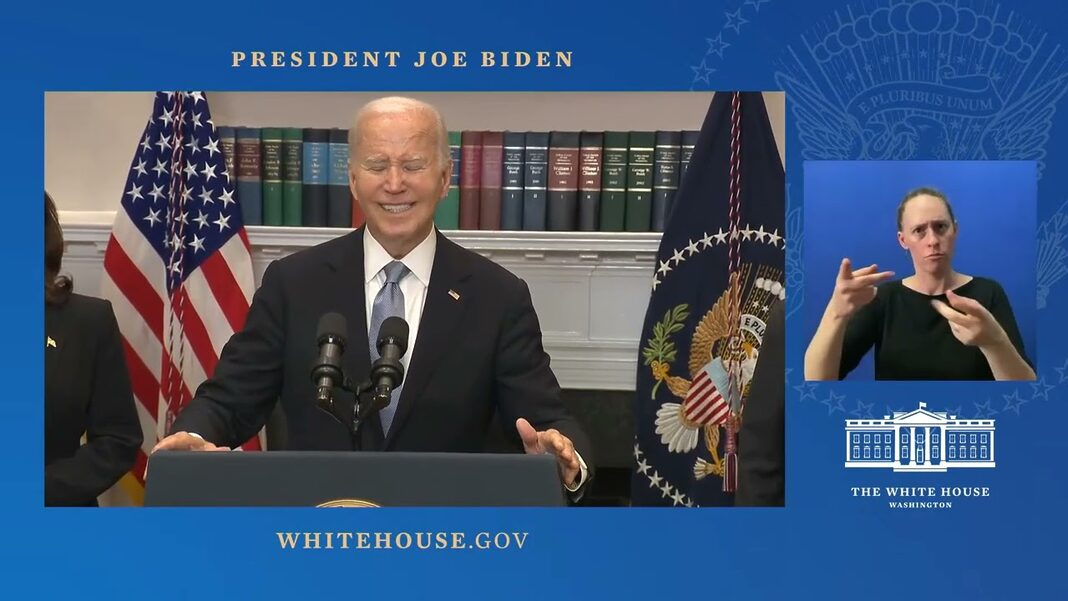How Mississippi went from rock bottom to role model in its child literacy scores.
Mississippi ranked 49th in the United States for elementary school literacy 10 years ago, when fourth graders were essentially an entire grade level behind the rest of the nation.
Fast-forward a decade and 85 percent of third graders in the Magnolia State passed the state reading assessment test in 2023, moving Mississippi up to No. 21 and showing the fastest growth in the country in reading comprehension, despite having one of the lowest per-pupil expenditure rates.
“People called it a miracle,” Kristen Wells-Wynn, literacy director for the Mississippi Department of Education, told The Epoch Times on July 3, “but we call it a marathon.”
For the coming academic year, teacher training in Mississippi will expand to higher grade levels, and other states, such as Maryland, will try to implement Mississippi’s early literacy model.
The change occurred in Mississippi when the state Department of Education began switching from the “balanced literacy” reading instruction method to the so-called “science of reading” approach. Ms. Wells-Wynn said Mississippi continues to fund the initiative at a cost of about $15 million annually.
Carey M. Wright, who led the change as Mississippi’s superintendent of education, took over as the head of Maryland’s Department of Education on July 1. Her first order of business will be to oversee the same transition of reading instruction in the Old-Line State.
Maryland residents have until July 19 to provide public comment on the change, according to a news release.
“This initiative aims to enhance data-driven literacy standards and practices across the state, ensuring every student receives a strong foundation in literacy,” Ms. Wright said in the news release.
“Feedback from educators, families, and community members is crucial in shaping this policy to best meet the needs of our students.”
Understanding the Brain
Science of reading is an ongoing body of research that dates back 50 years, even though dozens of academic and scientific research articles are published on the topic annually, as technological and medical breakthroughs reveal new information about how the human brain processes information.
Ms. Wells-Wynn explained that the main difference between the two approaches is which parts of the brain are triggered.
With balanced literacy, also known as the whole language approach, students are taught to develop “cues” for words, which often involves looking at pictures next to words. Through repetition, the student progresses from guessing words based on those cues to memorizing them. Reading in groups and writing activities that coincide with reading instruction are standard instruction techniques.







